Translator: GreatEye
There is a saying in China: Thirty years to the east of the river, thirty years to the west of the river.
A few years ago, Volkswagen China CEO Jochem Heizmann once publicly questioned the range extender technology adopted by Li Xiang and the Ideal ONE, calling it obsolete; in the end, the market ruthlessly proved that the Ideal ONE and range extender technology could win deep recognition from domestic consumers. Today, Li Xiang has become the one raising questions, with the questioned being CEO of Tuanche, Wen Wei. However, this time, it seems unlikely that Li Xiang will be slapped in the face.


Leaving aside whether Li Xiang is trying to attract media attention or not, after all, the head of Tesla on the other side of the ocean has also made shocking statements several times, and we have the same doubts as Li Xiang: based on the information disclosed on the internet so far, is Tuanche’s car making plan reliable or not?
Is what Tuanche CEO Wen Wei says reliable?
“This (car manufacturing) team can make cars worth more than 20 million yuan, or cars below 50,000 yuan.”>
“It doesn’t matter if our first car fails, we can make another car in 3 months.”
…
These remarks came from Tuanche’s small-scale media talks on January 14th. Wen Wei, as the CEO of Tuanche, announced the car making plan in an interview with the media. Overall, what causes controversy is the team, funds, and timeline dimensions, especially the team with 20 years of car making experience in the mouth of Wen Wei.

Before making any relevant inferences, we can first learn about the company Tuanche. In China, Tuanche doesn’t receive a lot of attention. If it weren’t for Li Xiang’s questioning, Tuanche’s car-making plan would probably have been drowned out by the constantly emerging news in the intelligent automobile field.
Founded in 2010, Tuanche is a platform for car trading and services. It was listed on NASDAQ in the United States in November 2018. From the financial data disclosed online so far, the company’s current economic situation is not ideal, with a loss of more than 36 million yuan in the third quarter of 2021. In 2019 and 2020, it also experienced consecutive losses. In the situation where the original business is not optimistic, in the wake of the trend for car manufacturers to cross borders in 2021, Tuanche has become the expected participant in cross-border car manufacturing.
“Omnipotent” top team# In Wen Wei’s opinion, the current auto industry environment is more mature than the 1.0 era of car making represented by Wei Xiaoli. Many of the pitfalls on the road to car making have been explored, and most importantly, they have started to “engage with top industry teams”.
In Wen Wei’s words, the “top team” is an engineering and development team of over 100 people, who not only have more than 20 years of experience in the industry, but also have “stronger resources to support them”. This team can undertake almost all the car making processes, including product planning, design, engineering development, testing, chassis, three electric systems, intelligent driving, intelligent cockpit, system integration, production support, and supplier management.
We cannot verify the ability of this team, but we can start by looking at the team’s size.
Looking at major global auto manufacturers, whether they are traditional automakers, independent brands, or new forces starting from scratch, more than 100 people are obviously not enough to support the entire R&D team. If this team is divided into 11 areas involved, each area will have only about 10 people, let alone areas with huge investment needs such as chassis, three electric systems, intelligent cockpit, and autonomous driving.
Of course, someone may question: Perhaps this team of 100 people are all elites who can match a hundred people? Let’s see what this “top” team can do.
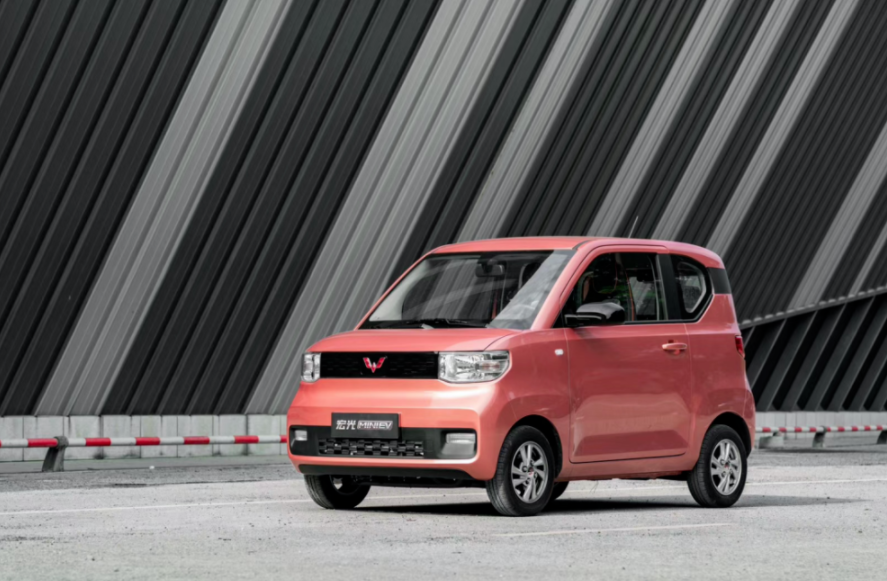
In Wen Wei’s words, this team is extremely comprehensive, “jack of all trades”: they can develop models with over 20 million yuan price tag, as well as cars under 100,000 yuan, and even handle commercial vehicles and logistics vehicles under 50,000 yuan. The range of involvement spans from the low-cost Wuling Hongguang MINI EV to ultra-luxury sports cars like Bugatti and Lamborghini.
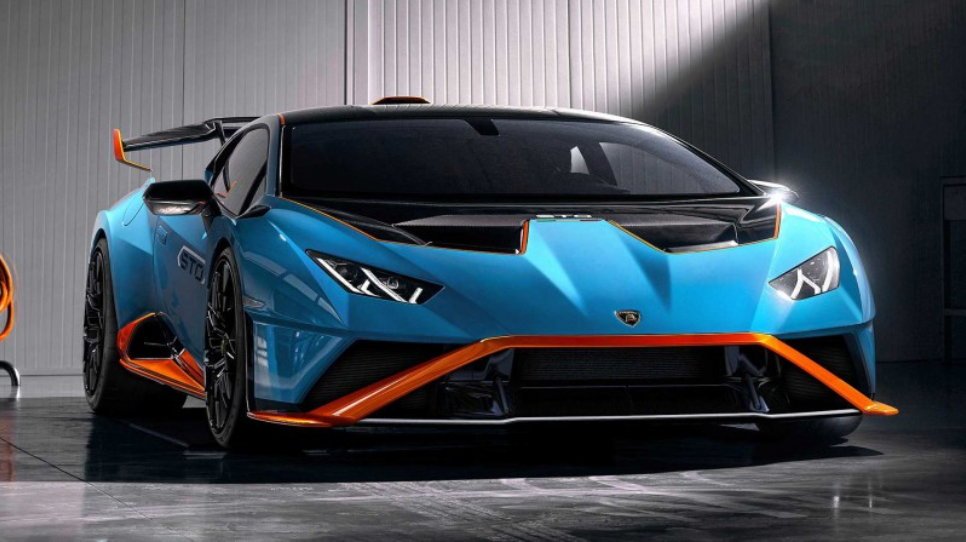
Moreover, this team is also “jack of all trades” in technology, covering multiple zero-emission powertrain technologies such as pure electric, solar, and hydrogen, and almost all mainstream technical routes in the automotive field.
From Tesla to Wei Xiaoli, the new smart car players currently standing firm have almost firmly chosen a technical route, either pure electric or extended range. They also start with one or two models, based on market considerations and positioning, but mostly due to the huge investment and challenges brought about by underlying technical research and development, procurement, and production.
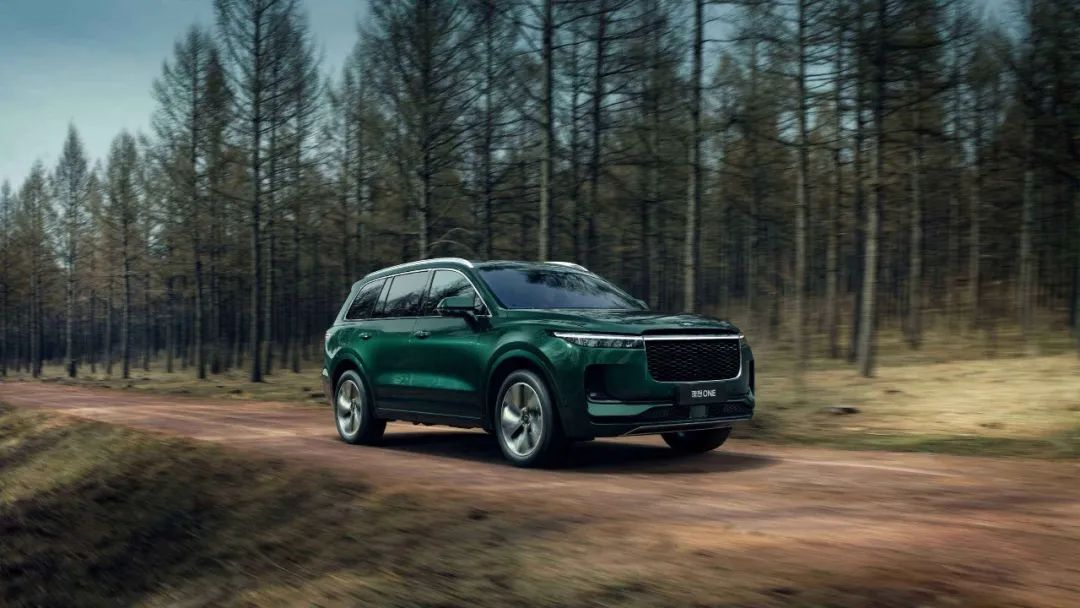 Looking at the global market, there aren’t many car companies that can simultaneously promote multiple technological routes such as pure electric and fuel cell, and solar electric vehicles are rare production models available for reference. In this case, we cannot help but have doubts about the mass-produced car produced by this “versatile” team.
Looking at the global market, there aren’t many car companies that can simultaneously promote multiple technological routes such as pure electric and fuel cell, and solar electric vehicles are rare production models available for reference. In this case, we cannot help but have doubts about the mass-produced car produced by this “versatile” team.
Indispensable funding and cycle
On the road of car manufacturing, some experience can be learned from the “predecessors”, and some pitfalls can be avoided as much as possible, but the road that needs to be taken still needs to be taken. There are no shortcuts, such as funding, research and development, and production cycles.
For funding reserves, Wen Wei gave a figure of 50 million US dollars.
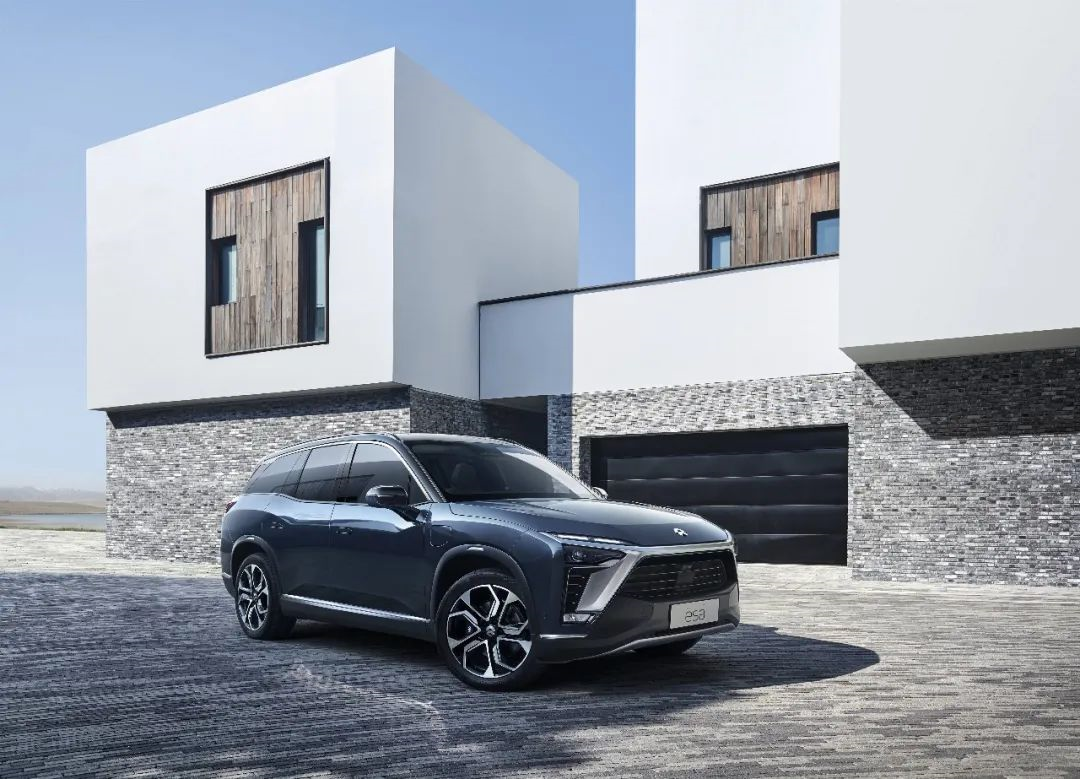
How much money does it take to build a car? At the beginning of NIO’s establishment, NIO founder Li Bin thought that it would take 20 billion to make cars, and later this threshold was raised to 40 billion. He XPeng, founder of XPeng Motors, also lamented, “Only when you jump in can you know that even 20 billion is not enough to spend.”
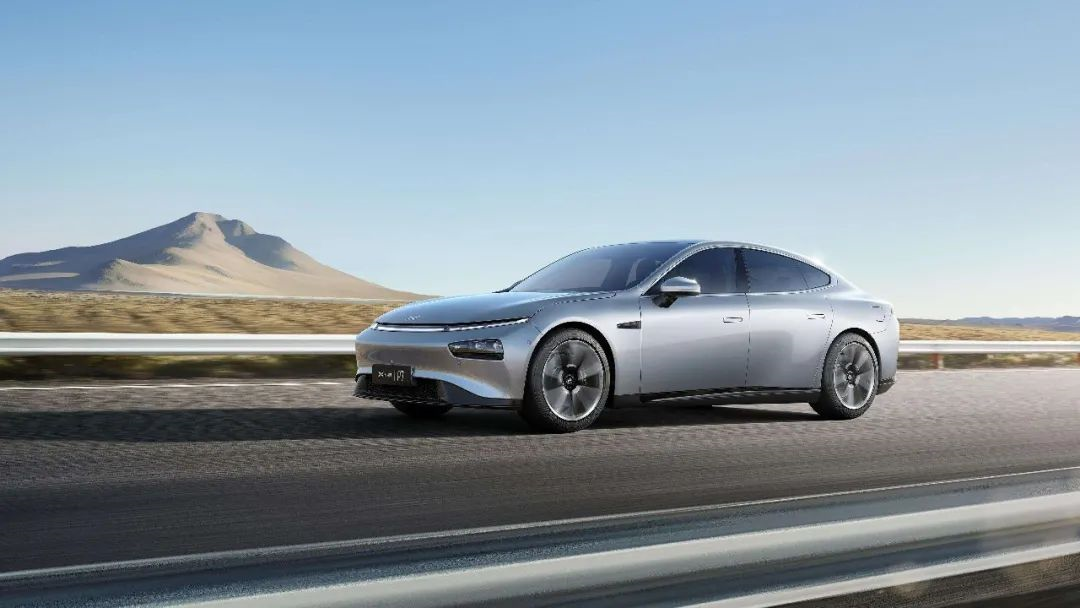
Of course, these are all the needs that arise after NIO and XPeng Motors have developed to a certain scale. As a “newcomer” who has just announced the crossover to car manufacturing, how much funding reserve is needed?
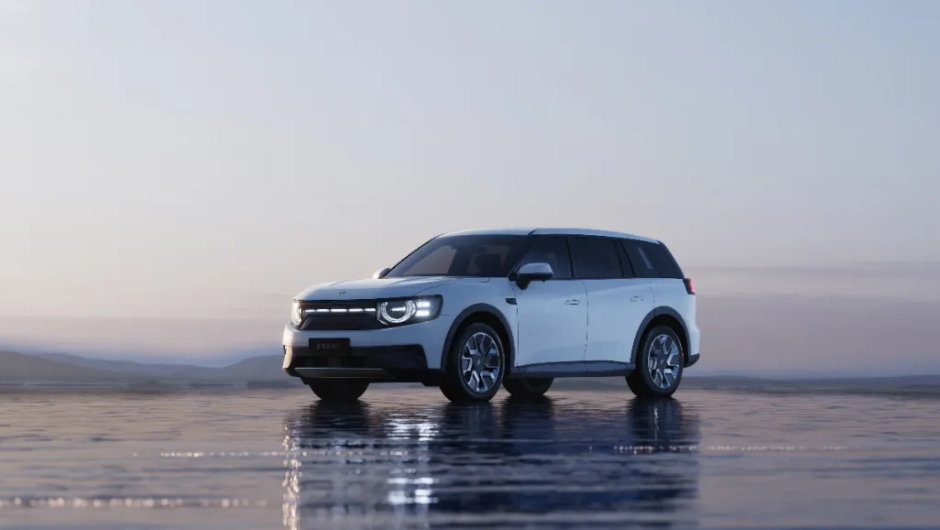
Perhaps we can make a comparison with Niu Technologies, which also announced car manufacturing recently. At Niu’s press conference, founder Li Yinan said that the initial financing reached 500 million US dollars. In front of this number, the 50 million US dollars of TuanChe seems to be a drop in the bucket.
Of course, regarding the funding problem, Wen Wei also gave the next step of the “multi-pronged approach” plan, as a US-listed company, TuanChe handed over the later funding issues to the public market, private placement channels, and local government investment, etc. However, capital will never favor any company for no reason. Compared with a few years ago, the more mature intelligent electric vehicle industry has indeed reduced the cost of trial and error for newcomers at the early stage. Still, to attract the attention of investors in this red sea, they need a lot more effort.
Regarding research and development and production cycles, TuanChe shortened the design and manufacturing cycle to 18-24 months, and the first model may choose a pure electric architecture and begin mass production within a year. The presale price is between 100,000 and 200,000 yuan. According to Wen Wei, because TuanChe did not have any accumulated experience in manufacturing cars before, TuanChe should directly adopt the scheme used by this team before, so as to meet the requirements in terms of funding and time nodes.
The Future of TuanChe: A Miracle in Modern Industrial History
As of now, the details of the design, positioning, and features of TuanChe’s vehicle that will be mass-produced later this year are unknown. However, Wei Wen himself does not seem anxious about the positioning of the product, stating that if it fails, “it is okay because we can make another one in three months.” Such efficiency in vehicle production can be considered a miracle in modern industrial history.
In 2022, it is difficult to see such fresh and unconventional original car-making techniques. In comparison, even with a negative outlook in the beginning, Evergrande was able to create a complete production chain, such as acquiring Guoneng Motors and a series of acquisitions of upstream spare parts companies and downstream car dealerships. As for Baoneng, which has already fallen in the car-making path, it had once included the car brand Gazing in its company and had acquired the luxury car brand DS’ Changan Peugeot Citröen’s factory in Shenzhen.
In contrast, TuanChe’s car-making process seems like a script from a novel. A versatile team that suddenly falls out of the sky, directly leveling up TuanChe’s car-making skills.
In today’s fiercely competitive global electric vehicle market, any car company hoping to break through this red market needs to create a unique brand ICON and gain deep recognition from consumers. This unique brand ICON relies on innovation in core technologies, such as three-electric systems, automatic driving, and new business models.
As a U.S. listed company, TuanChe’s entry into the smart electric vehicle race itself did not cause too much controversy. After all, the stock market is risky, and you have to be cautious. Moreover, compared to buying property or private jets in the United States, it is not a bad thing to invest money in the domestic market and make contributions to China’s smart electric vehicle industry to grow the market. However, if TuanChe, like many car brands that have fallen in the past, relies on the support of local government financing or even massive bank loans under the protection of the local government, it needs to alert us. There are numerous cases of such behaviour locally, and the failure caused by government investment behaviour in the face of overcapacity in the electric car production ultimately needs to be paid by the entire society.
In summary, what we are discussing this time is not whether this market needs a new car brand or whether the product and team are reliable, as it is not at that stage yet. If we have to describe this matter, it would be: DDDD.
This article is a translation by ChatGPT of a Chinese report from 42HOW. If you have any questions about it, please email bd@42how.com.
